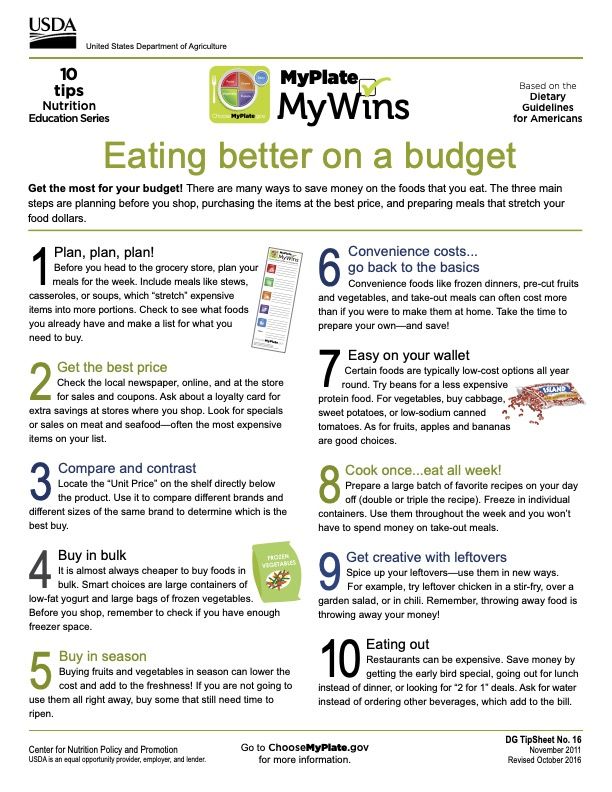In today’s fast-paced world, it’s easy to fall into the trap of eating unhealthy foods because they are convenient and cheap. However, eating well doesn’t have to break the bank. With a little planning and creativity, you can enjoy nutritious meals without spending a fortune. Here are 10 tips to help you eat healthy on a budget.
Tip 1: Plan Ahead
One of the keys to eating healthy on a budget is to plan your meals in advance. Take some time each week to create a meal plan and make a shopping list. This will help you avoid impulse buys and ensure that you have all the ingredients you need for healthy meals.
Tip 2: Buy in Bulk
Purchasing items like grains, beans, and nuts in bulk can save you money in the long run. Look for stores that offer bulk bins or consider joining a co-op to take advantage of wholesale prices on healthy staples.
Tip 3: Cook at Home
Eating out can be expensive and often less healthy than cooking at home. By preparing your own meals, you have more control over the ingredients and portion sizes. Invest in some basic kitchen tools and try new recipes to make cooking at home more enjoyable.
Tip 4: Shop Smart
To make the most of your budget, be strategic about where you shop. Compare prices at different stores and look for sales and discounts on healthy items. Consider shopping at farmers’ markets or joining a community-supported agriculture (CSA) program for fresh, affordable produce.
Tip 5: Choose Frozen and Canned Foods
Frozen and canned fruits and vegetables can be just as nutritious as fresh ones and are often more affordable. Stock up on these items when they are on sale and use them in soups, stir-fries, and smoothies for a quick and easy meal.
Tip 6: Limit Processed Foods
Processed foods tend to be higher in sugar, salt, and unhealthy fats, and can be more expensive than whole foods. Try to limit your intake of packaged snacks and convenience foods in favor of homemade options like granola bars, trail mix, and popcorn.
Tip 7: Make Meat a Side Dish
Meat can be one of the most expensive items in your grocery budget. Consider making meat a side dish instead of the main course to save money and reduce your carbon footprint. Try incorporating plant-based proteins like beans, lentils, and tofu into your meals for a budget-friendly alternative.
Tip 8: Grow Your Own Food
If you have the space, consider starting a garden to grow your own fruits and vegetables. Not only is gardening a rewarding and relaxing hobby, but it can also save you money on produce. Even if you don’t have a green thumb, herbs like basil, parsley, and mint are easy to grow and can add flavor to your dishes.
Tip 9: Use Leftovers Wisely
Don’t let leftovers go to waste. Use them to create new meals or freeze them for later. Leftover vegetables can be turned into a stir-fry or soup, while cooked grains and proteins can be used in salads or wraps. Get creative and experiment with different ingredients to prevent boredom and reduce food waste.
Tip 10: Stay Hydrated
Water is essential for overall health and can help you feel full and satisfied between meals. Carry a reusable water bottle with you throughout the day to stay hydrated and avoid the temptation of sugary drinks. If you need a change of pace, try infusing your water with fruits or herbs for a refreshing twist.
Conclusion
Eating healthy on a budget is possible with a little planning and creativity. By following these 10 tips, you can enjoy nutritious meals without breaking the bank. Remember to prioritize whole foods, cook at home, and make the most of your resources to fuel your body and mind with the nutrients they need to thrive.
